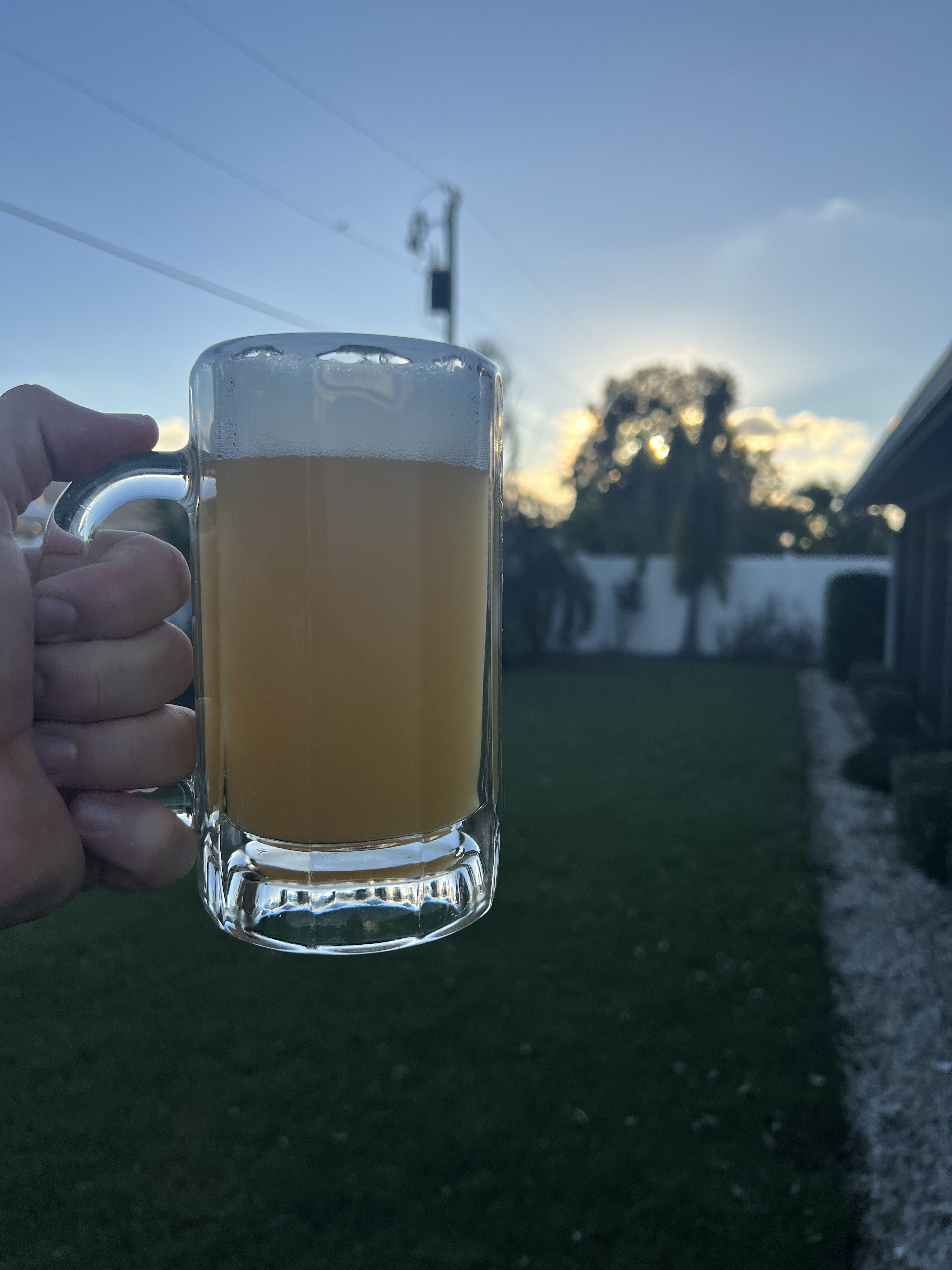@beervoid Pretty sure Star Party increases thiol production 1000x and Cosmic Punch 10x. That might be why you're not getting the full effect, like
@Dgallo
I've read that breweries are using these strains to greatly reduce the amount of hopping/DHing and getting fantastic results. I have yet to experiment with thiolized yeasts, but it's on my list. I just kegged an all Simcoe NEIPA with Omega British Ale V yeast yesterday, and the aroma is more potent than any NEIPA I've made so far. I'll have to wait to taste, but it reminds me a little of LAIII and Imperial Juice. Not harsh at all though, which I sometimes get early with LAIII.
This is straight from Omega site:
All about our Thiolized yeast series


























![Craft A Brew - Safale BE-256 Yeast - Fermentis - Belgian Ale Dry Yeast - For Belgian & Strong Ales - Ingredients for Home Brewing - Beer Making Supplies - [3 Pack]](https://m.media-amazon.com/images/I/51bcKEwQmWL._SL500_.jpg)

































